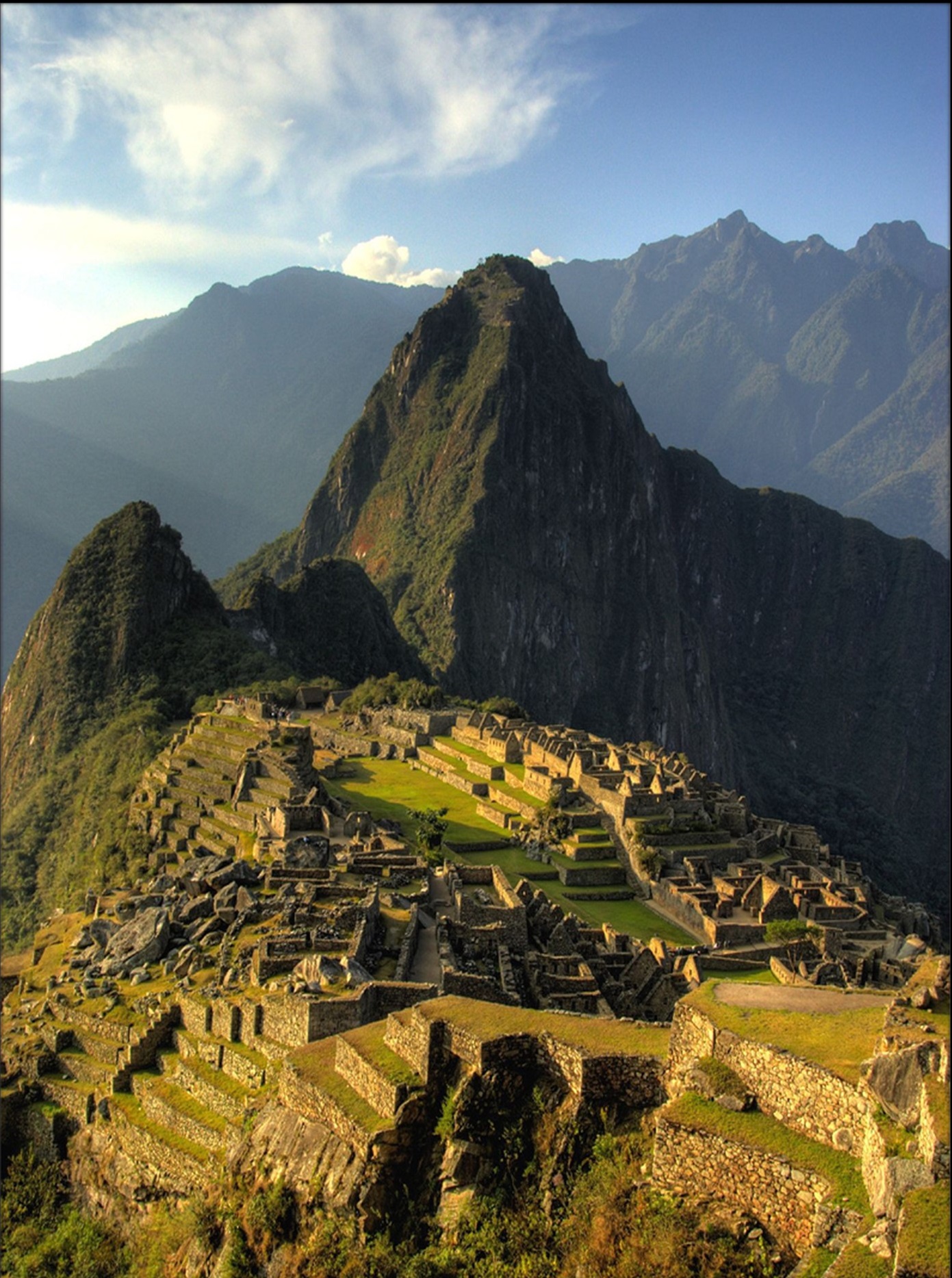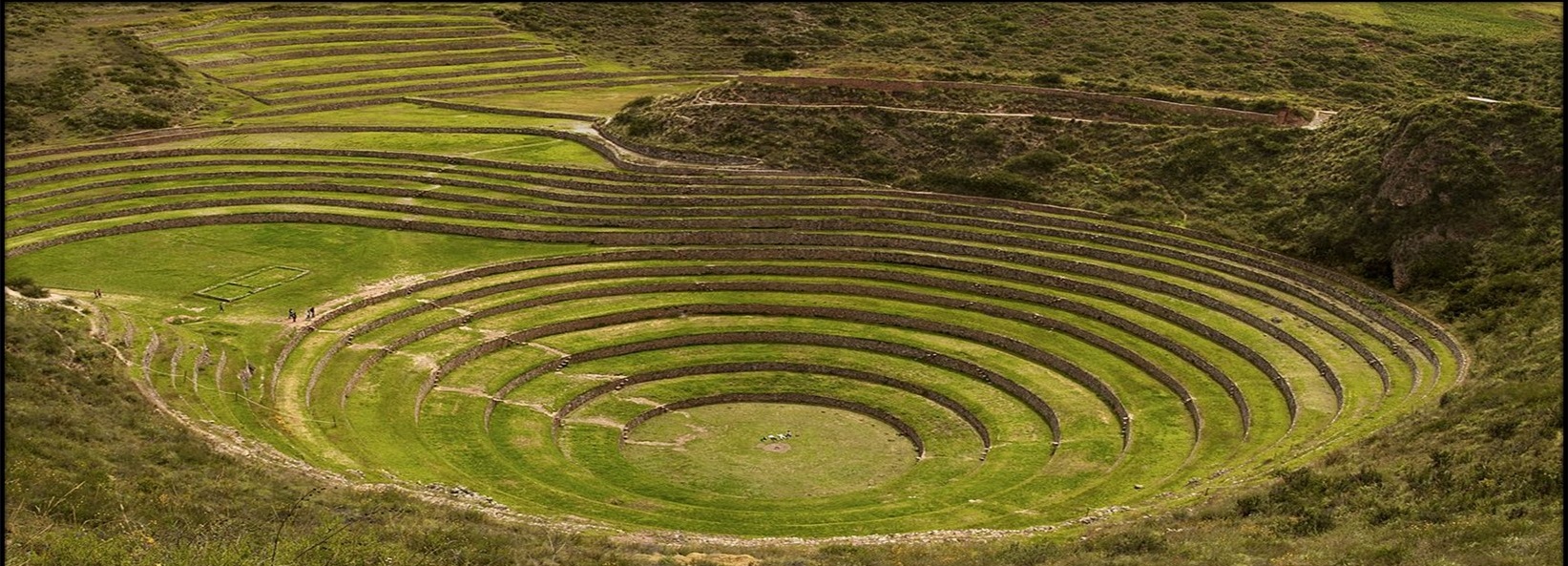 Our understanding of the origin of the Universe, of its evolution and the physical laws that govern its behavior, as well as on the different states of matter that makes up its evolutionary stage, reached in recent years levels never before imagined. This is due mainly to the new and recent discoveries in astronomy and relativistic astrophysics as well as to experiments on particle and nuclear physics that made the traditional boundaries of knowledge on physics to be overcome. As a result we have presently a new understanding about the Universe in its two extreme domains, the very large and the very small: the recognition of the deep connections that exist between quarks and the cosmos.
Our understanding of the origin of the Universe, of its evolution and the physical laws that govern its behavior, as well as on the different states of matter that makes up its evolutionary stage, reached in recent years levels never before imagined. This is due mainly to the new and recent discoveries in astronomy and relativistic astrophysics as well as to experiments on particle and nuclear physics that made the traditional boundaries of knowledge on physics to be overcome. As a result we have presently a new understanding about the Universe in its two extreme domains, the very large and the very small: the recognition of the deep connections that exist between quarks and the cosmos.
 The intimate relationship between quarks and cosmos has motivated the organization of the series of international events known by the acronym IWARA – International Workshop on Astronomy and Relativistic Astrophysics.
The intimate relationship between quarks and cosmos has motivated the organization of the series of international events known by the acronym IWARA – International Workshop on Astronomy and Relativistic Astrophysics.
The event is the eighth in a series of meetings gathering scientists working on astroparticle physics, cosmology, gravitation, nuclear physics, and related fields. As in previous years, the IWARA 2018 meeting sessions will consist of invited and contributed talks, poster sessions, and will cover recent developments in the following topics:
- New phenomena and new states of matter in the Universe
- General relativity, gravitation, cosmology
- New directions for general relativity: past, present and future of general relativity
- FRW cosmologies
- Cosmic microwave background radiation
- First Stars, hypernovae, and faint supernovae in the early Universe
- Quantum gravity and quantum cosmology
- Gravity and the unification of fundamental interactions
- Supersymmetry and Inflation
- String theory
- White dwarfs, neutron stars and pulsars
- Black hole physics and astrophysics
- Gamma-ray emission in the Universe
- High energy cosmic rays
- Gravitational waves
- Dark energy and dark matter
- Strange matter and strange stars
- Antimatter in the Universe
- High-energy cosmic neutrinos
- Blazars
- Quantum chromodynamics, nuclear and particle physics and new states of matter in the Universe.
- Heavy ion collisions and the formation of the quark-gluon plasma in heavy ion collisions and in the first instants of the Universe
- Strong magnetic fields in the Universe, strong magnetic fields in compact stars and in galaxies, ultra-strong magnetic fields in neutron star mergers, quark stars and magnetars, strong magnetic fields and the cosmic microwave background
- Laboratories, observatories, telescopes and other experimental and observational facilities that will define the future directions of astrophysics, astronomy, cosmology, nuclear and astroparticle physics as well as the future of physics at the energy frontiers, and topics related to these.
The event will be organized by Universidad Nacional de Ingeniería – UNI (Lima, Perú) and the Universidad Nacional de San Antonio Abad del Cusco - UNSAAC (Cusco, Perú).
During the IWARA2018 event, the Pacha Kutiy Inqa Yupanki Prize will be awarded to the top five student contributions of the poster session. Pachacuti was the ninth Sapa Inca (1438–1471) of the Kingdom of Cusco, which he transformed into the Inca Empire. Most archaeologists believe that the Inca site of Machu Picchu was built as an estate for Pachacuti.
